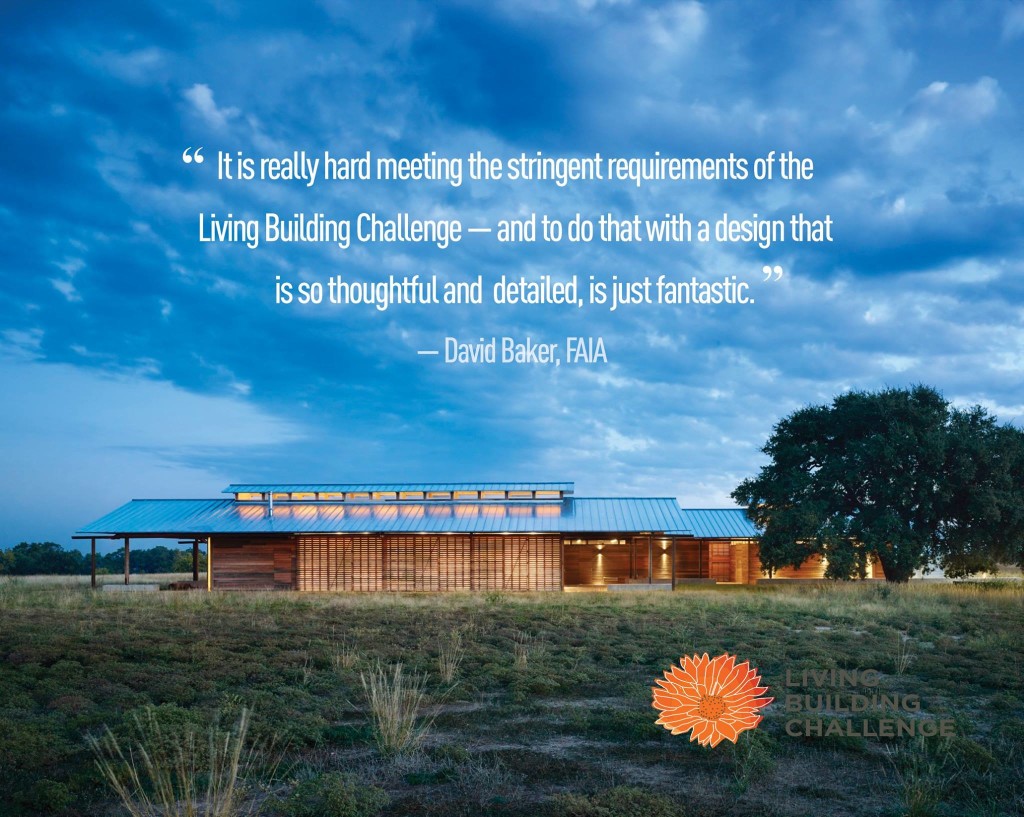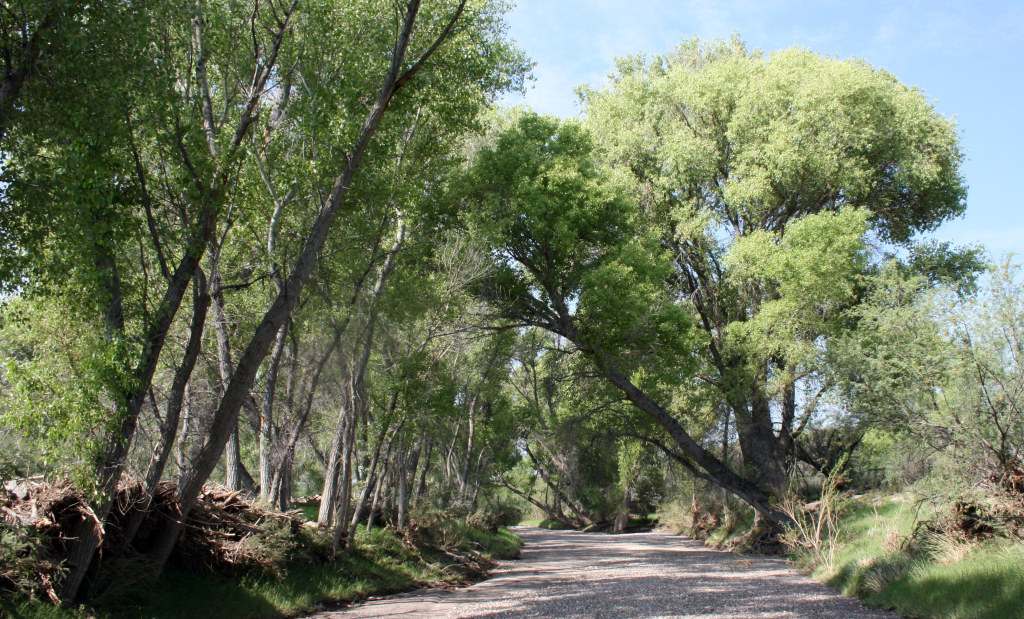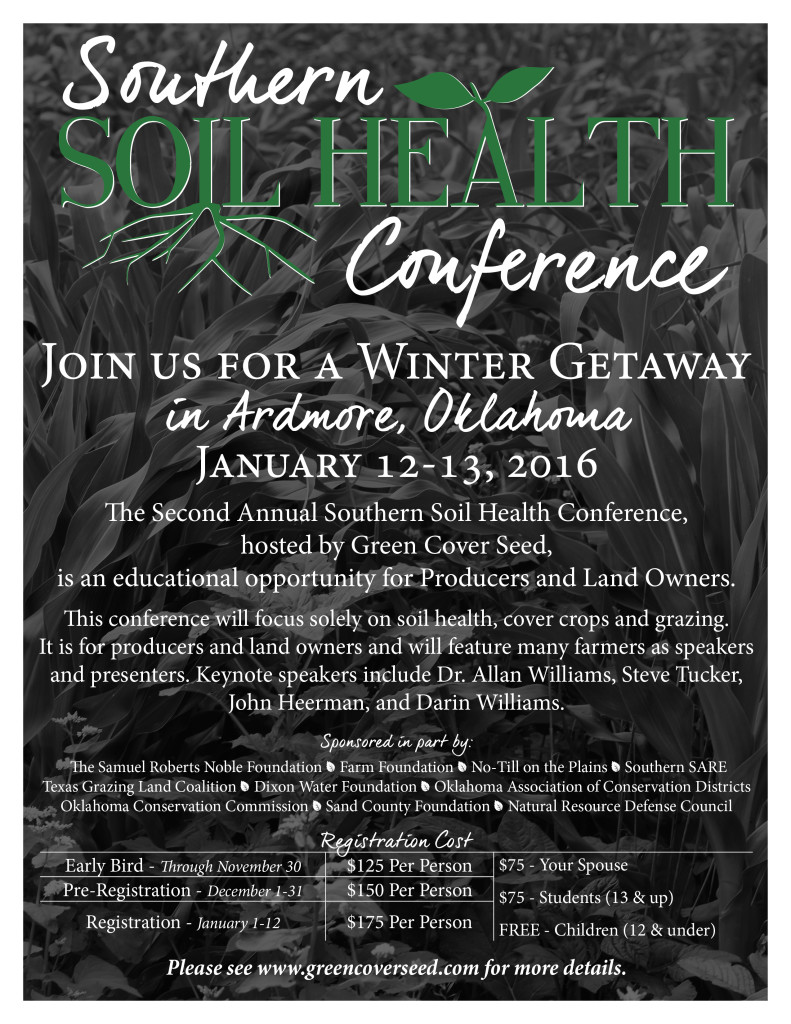The Betty and Clint Josey Pavilion has been honored with an American Architecture Award from the Chicago Athenaeum Museum of Architecture and Design. The Josey Pavilion is the state’s first Living Building, the most advanced measure of sustainability in the built environment. Since 1994, The Chicago Athenaeum Museum of Architecture and Design, together with The European Center for Architecture Art Design and Urban Studies and Metropolitan Arts Press, have organized The American Architecture Awards to honor the best, new significant buildings and landscape and planning projects designed or built in the United States and abroad by the most important American architects, landscape architects, and urban planners practicing nationally and internationally and International architects and designers practicing inside the USA.
Pavilion officially certified as Living Building
The Betty and Clint Josey Pavilion is now officially a certified Living Building, following a year-long rigorous performance evaluation. Lake|Flato architects donated more than 1,500 hours in designing this project. Their work was recognized recently by Public Architecture’s 1+ program, which connects non-profit organizations with pro bono architecture services. Public Architecture published an excellent overview of the pavilion in a new case study.
Pavilion receives AIA environment award
The Betty and Clint Josey Pavilion is among the prestigious AIA Committee on the Environment’s (COTE’s) Top Ten award winners, as reported by Architectural Record. Designed by Lake|Flato, the pavilion was recently certified as Texas’s first Living Building. The education and event center on Dixon Ranches Leo Unit has received several other honors, including the 2015 Architizer A+ Award for Architecture + Sustainability, the 2015 Texas Society of Architects Design Award, and the 2014 AIA San Antonio Design Award.
Riparian workshop at Alamito Creek on April 13
The first Chihuahuan Desert Riparian and Pond Management Workshop will be held at on April 13 at the the Dixon Water Foundation’s Alamito Creek Preserve. This workshop is a collaboration between the foundation and Texas A&M AgriLife Extension Service, Texas Parks and Wildlife Department, Sul Ross State University, Borderlands Research Institute, U.S. Department of Agriculture Natural Resources Conservation Service, and the Nature Conservancy.
Registration is set from 8:30-9 a.m. at the Marfa National Bank, 301 S. Highland Ave. in Marfa. At 9:15 a.m. participants will caravan to the Alamito Creek Preserve for the remainder of the workshop.
“This workshop will be fast-paced and held in the field on rough terrain and walking to various sites will be required,” said Jesse Lea Schneider, AgriLife Extension agent in Presidio County and a workshop coordinator.
She said proper dress, for example sturdy shoes and a hat, are a must.
“Please bring your own lunch and plenty of water,” she said. “In the event of inclement weather, the workshop will be rescheduled.
“Our Chihuahuan Desert Riparian areas are some of the most misunderstood and underappreciated of the ecosystems. Our hope is to make this an annual event to bring educational opportunities to landowners and enthusiasts across the area.”
Individual registration is $10. RSVP by April 11 by calling 432-295-0342.
Topics and speakers include:
– Introduction to Dixon Water Foundation, Alamito Creek Preserve, Robert Potts, Dixon Water Foundation president and CEO, Presidio County.
– Pond Ecology and Fish Stocking, Peter Woods, AgriLife Extension fisheries program specialist, Bay City.
– Riparian Vegetation and Best Management Practices and Ecohydrology of Streams and Springs, Jeff Bennett, National Park Service physical scientist and hydrologist, Big Bend National Park.
– Linking Pasture to Stream, Dr. Alyson McDonald, AgriLife Extension range specialist, Fort Stockton.
– Grazing Riparian Zones, Dr. Bonnie Warnock, Sul Ross State University professor, Alpine.
– Water and Wildlife, Benefits and Nuisance Control, Dr. John Tomecek, AgriLife Extension wildlife specialist, San Angelo.
– Waterfowl and Wetland Management in Desert Landscapes, Dr. Ryan O’Shaughnessy, Sul Ross assistant professor.
– Farm Bill Programs, Carrie Koennecke, Natural Resources Conservation Service district conservationist, Marfa.
– Texas Parks and Wildlife Department Landowner Incentive Program and U.S.Fish and Wildlife Service, Arleen Kalmback, Texas Parks and Wildlife Department landowner incentive program coordinator, Austin.
– Experiences From a Land Manager, Chase McRory, Texas Parks and Wildlife Department district biologist, Sanderson, and Casey Wade, Dixon Water Foundation manager, Presidio County.
For more information, call Russell Martin, Texas Parks and Wildlife Department natural resource specialist, Alpine, at 432-837-2051, ext. 228 or Schneider at 442-295-0342.
The Grasslands: Nice to Visit, Critical to Save
Some of our West Texas neighbors posted a great set of Savory Institute articles and videos about grasslands, why we should care about them, and how we can restore them with sustainable grazing management. The Gill family used Holistic Management on this 32,000-acre high-desert mountain ranch located in the Sierra Diablo.
Below is one of the Savory Institute videos the Gills shared about grasslands:
Josey Pavilion in Wall Street Journal’s Best Architecture
“This year’ s best buildings proved that architecture doesn’t have to be loud to be important,” begins Julie Iovine in the Wall Street Journal’s article, “The Best Architecture of 2015.” The Betty and Clint Josey Pavilion tops their list of four buildings that “stand out not only for their silhouettes but for working with what already exists, with what their communities need, with the environment and, above all, with an expectation of lasting for longer than a season of attention-grabbing headlines.”
The pavilion is the foundation’s 5,000 square-foot meeting and education center at Dixon Ranches Leo Unit in Cooke County. It’s on track to become Texas’s first Living Building, the most rigorous international green-building certification.
“Architects Ted Flato and David Lake posit that a connection to beautiful architecture can lead to caring and a desire to preserve and conserve one’s surroundings. This low-key, elegant building makes a case that it could truly be so,” Iovine writes.
Register for Southern Soil Health Conference
The Southern Soil Health Conference is coming up on January 12-13 in Ardmore, Oklahoma.
This conference for producers and land owners focuses solely on Soil Health, Cover Crops and Grazing. At least 75% of registrants are people directly involved with the land—production agriculture (crops and/or livestock) and land owners. This conference will also be producer driven with almost all the speakers and presenters being farmers. Keynote speakers will include: Dr. Allan Williams, Steve Tucker, John Heerman, and Darin Williams.
In addition, we will have 8-10 Texas and Oklahoma producers sharing about their individual experiences with Soil Health and how it has affected their farming operations. Some of these speakers are Jimmy Emmons, Craig Watson, Yates Adcock, Max Martin and more…
This conference is about knowledge and learning and not selling products. We will not be having a commercial trade show to promote individual companies or products.
The Southern Soil Health Conference is sponsored in part by the Samuel Roberts Noble Foundation, Farm Foundation, No-Till on the Plains, Southern SARE, Texas Grazing Land Coalition, Dixon Water Foundation, Oklahoma Association of Conservation Districts, Oklahoma Conservation Commission, Sand County Foundation, and the Natural Resource Defense Council.
National Conference on Grazing Lands on Dec. 13-16
The sixth National Conference on Grazing Lands, a unique conference for livestock producers by livestock producers, is coming up December 13-16 in Grapevine, Texas. The program lineup includes a tour of Dixon Ranches Leo Unit and soil health presentations by ranch manager Robbie Tuggle and science advisory board members Dr. Lisa Bellows and Dr. Richard Teague.
Learn more about or register for the conference on the National Grazing Lands Coalition website or in this article by Hugh Aljoe, foundation board member and Noble Foundation producer relations manager.
Rodents and grassland birds nearly recovered at Mimms
Small rodent and grassland bird populations have nearly recovered from the devastating 2011 Rock House Fire and drought, according to recently completed research by Bobby Allcorn with Sul Ross State University‘s Borderlands Research Institute.
For the past two years, Allcorn has been comparing rodent and bird communities on burned areas on Mimms Unit and unburned areas on an adjacent ranch, following the historic fire and drought that burned more than 90% of the foundation’s ranch in Marfa.
Allcorn found that populations of small rodents and grassland birds on Mimms have almost returned to normal, thanks to precipitation in 2013 and 2014, but there were still important differences between burned and unburned areas. The roster of rodent species in burned areas was different and less diverse than in unburned areas. Grassland birds lagged behind in population density in burned areas. These findings may be due to the number of shrubs that were destroyed during the fire, leaving more true grassland habitat in burned areas.
Learn more about this research project in this article in the Big Bend Sentinel, another article from Texas Wildlife, and Allcorn’s thesis-defense presentation, “Small Mammal and Grassland Bird Response to Wildfire on the Marfa Grasslands.” Allcorn’s manuscript will be available on our website soon.
His project was funded by the Dixon Water Foundation and advised by Dr. Bonnie Warnock, the Clint Josey Endowed Chair for Sustainable Ranch Management Professor at Sul Ross.
Soil Carbon Curious
Soil Carbon Curious is a new short film from Peter Byck, the producer of Soil Carbon Cowboys and Carbon Nation. It’s about an exciting new collaborative research group, the ASU•Soil Carbon Nation Whole Systems Science Team. As Byck describes:
“Adaptive Multi-Paddock grazing (AMP grazing) is regenerating soils around the world, producing healthy grass-finished beef. But the science on AMP grazing is sparse, to say the least. Now, a group of leading soil, rangeland, bug and social scientists are setting out to fill the science gap. Led by Dr. Richard Teague of Texas A&M, and convened by filmmaker Peter Byck of Arizona State University, the ASU•Soil Carbon Nation Whole Systems Science Team is positioned to do large scale science that’s never been done before.”
The team is working on the 1 Million Metric Tons Pilot Program, which aims to demonstrate the carbon-sequestration potential of soil managed with adaptive multi-paddock grazing.
You can now also view Soil Carbon Cowboys en español.





